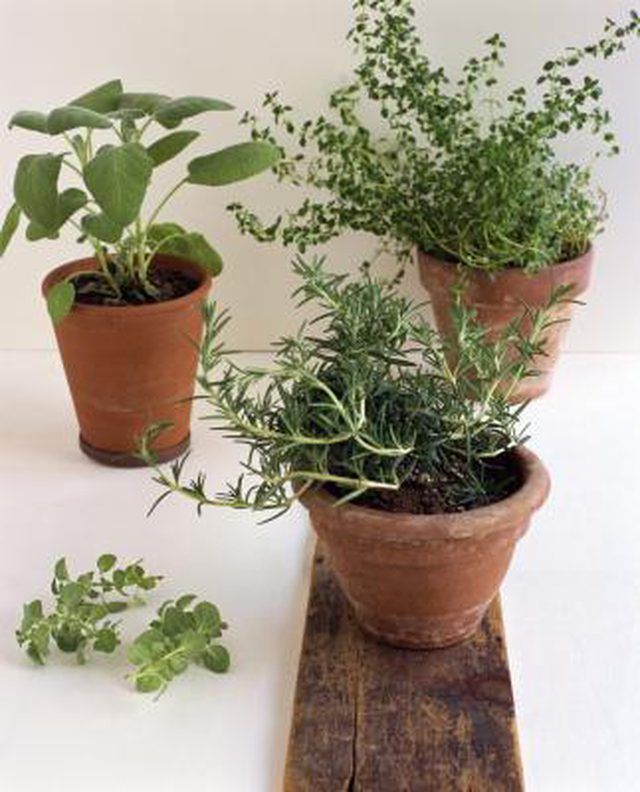Bulbs
Flower Basics
Flower Beds & Specialty Gardens
Flower Garden
Garden Furniture
Garden Gnomes
Garden Seeds
Garden Sheds
Garden Statues
Garden Tools & Supplies
Gardening Basics
Green & Organic
Groundcovers & Vines
Growing Annuals
Growing Basil
Growing Beans
Growing Berries
Growing Blueberries
Growing Cactus
Growing Corn
Growing Cotton
Growing Edibles
Growing Flowers
Growing Garlic
Growing Grapes
Growing Grass
Growing Herbs
Growing Jasmine
Growing Mint
Growing Mushrooms
Orchids
Growing Peanuts
Growing Perennials
Growing Plants
Growing Rosemary
Growing Roses
Growing Strawberries
Growing Sunflowers
Growing Thyme
Growing Tomatoes
Growing Tulips
Growing Vegetables
Herb Basics
Herb Garden
Indoor Growing
Landscaping Basics
Landscaping Patios
Landscaping Plants
Landscaping Shrubs
Landscaping Trees
Landscaping Walks & Pathways
Lawn Basics
Lawn Maintenance
Lawn Mowers
Lawn Ornaments
Lawn Planting
Lawn Tools
Outdoor Growing
Overall Landscape Planning
Pests, Weeds & Problems
Plant Basics
Rock Garden
Rose Garden
Shrubs
Soil
Specialty Gardens
Trees
Vegetable Garden
Yard Maintenance
How to Plant a Small Office Garden
How to Plant a Small Office Garden. Working in an office all day can make a person long to be outdoors. Consider adding a beautiful miniature office garden to liven up a drab work space. Group together carefully selected green plants that can thrive under fluorescent lights in a waterproof, shallow dish that's terra cotta, resin or ceramic. The...

Working in an office all day can make a person long to be outdoors. Consider adding a beautiful miniature office garden to liven up a drab work space. Group together carefully selected green plants that can thrive under fluorescent lights in a waterproof, shallow dish that's terra cotta, resin or ceramic. The space where it will be displayed will determine its size; shape is personal preference. This type of small office garden, often referred to as a dish garden, provides an easy and inexpensive way to bring a little bit of nature indoors.
Things You'll Need
Newspapers
Shallow dish
Pebbles
Potting soil
Fertilizer
Plants
Spoon
Sheet moss
Florist's U-pins
Spread newspapers over the work area.
Select assorted, potted plants in 4-inch containers. Choose shade-loving plants that can tolerate mild neglect. Carefully remove plants from their containers. Keep soil and roots as intact as possible to avoid shocking the plants when they are transplanted.

Add pebbles to the shallow dish, spreading them evenly to form a bed about 1 inch deep. This will provide drainage for plants and help prevent roots from rotting.
Cover gravel with a layer of potting soil about two inches deep. Stand plants upright on top of the soil, spacing them about two inches apart. Arrange the tallest plants in the back of the arrangement. Position medium plants in front of them with lowest plants closest to the front. This will make all plants equally visible.
Spoon additional soil over the arrangement until you completely cover the roots. Fill the spaces between plants with additional potting soil. The container should now resemble a miniature garden.
Add commercial fertilizer to the arrangement, whether it's liquid, beads or spikes.
Cover the soil with a layer of sheet moss. Place moss between plants and over open spaces. Every few inches, insert a florist's U-pin to keep the moss in place. Push pins deep into the moss and soil so they aren't visible. Not only will moss provide a lush, green covering, it will help soil retain moisture in a potentially dry office.
Moderately water the office garden once a week. Soil should remain damp but not soaked.
Tips & Warnings
Examples of plants that do well in terrariums are Sanservieria (snake plants), Hedera Helix (ivy) and spider plants.
Preserve as much original soil around roots as possible when transplanting.
Add glass or polished stones, twigs or a faux nest to the finished garden for a decorative touch.
Bury a small glass container in the soil, leaving the open mouth exposed. Add water and a few stems of freshly cut flowers. Vary heights and colors of plants to create a pleasing design
Immediately remove brown leaves with scissors.
Avoid sun-loving plants if the office lacks windows.
Too much water will cause root rot.
Crowding too many plants in the container will result in bound roots and unhealthy plants.